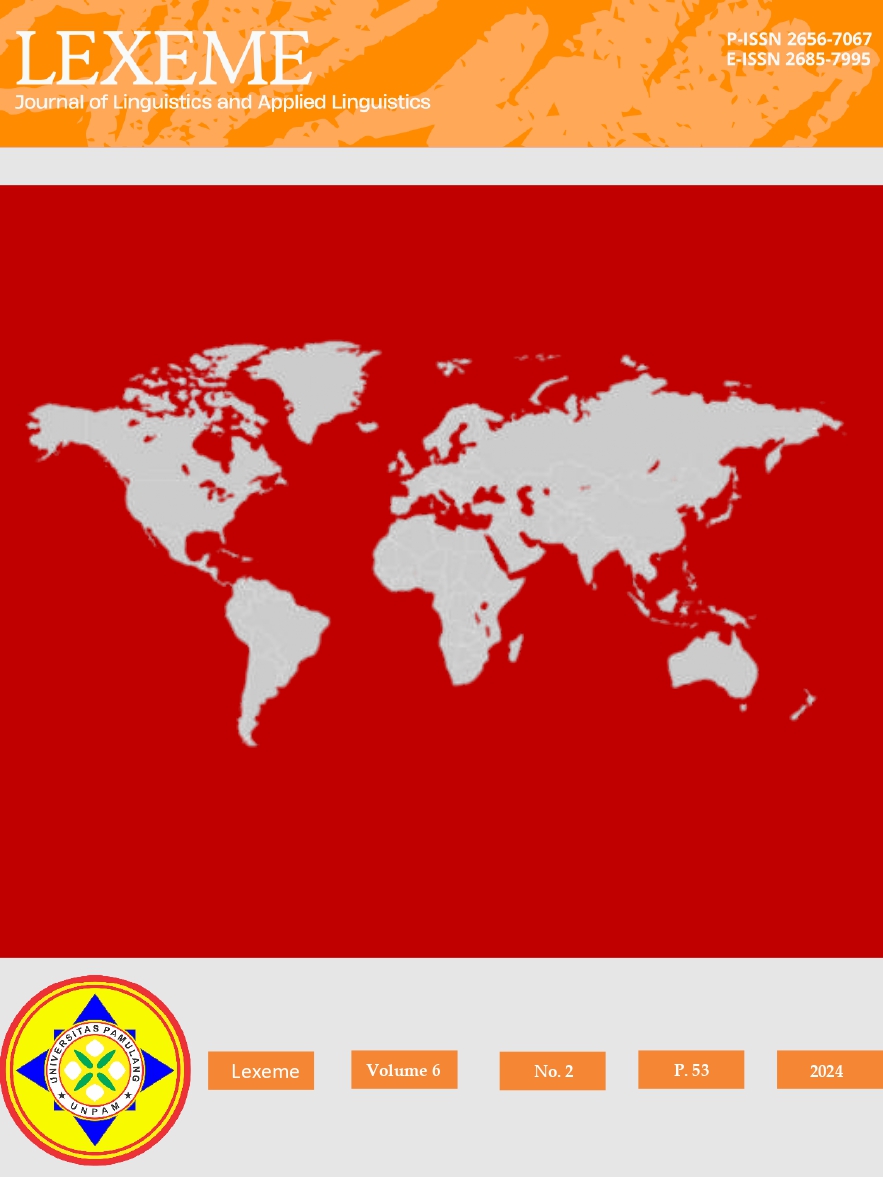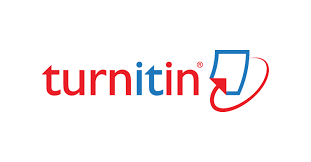The Representation of Femininity in Womens’ Beauty Advertising
DOI:
https://doi.org/10.32493/ljlal.v6i2.42022Keywords:
Representation, Femininity portrayal, Gender, Advertising on social media, semiotic, Jafra’s beauty product adsAbstract
This article explores the depiction or reflection of women through various signs that contain meaning, namely language and visual communication aimed at the general public (consumers in an advertisement). This study aims to discuss the visual and linguistic elements in advertising. In addition, this study reveals the interaction of these elements to create an image of feminine meaning which is defined as feminine, regarding or resembling women. The data are beauty advertisements from Jafra, such as face masks, facial serums, foundations or powders, lipsticks, and perfumes. This study uses Charles Sanders Pierce’s semiotic analysis to translate the meaning of symbols in advertisements for JAFRA women’s beauty products. According to Peirce, a set of semiotics consisting of three main elements is called the triangle theory of meaning (sign, context, and meaning). This study uses a qualitative descriptive objective to provide a systematic, factual, and accurate description of certain facts. The results of this study indicate that in advertisements for JAFRA women’s beauty products, femininity is represented by the visual appearance of the model (person) used, behavior, clothing, poses in the picture, long hair loose, use of image background, colors, displayed, the typeface used in the advertisement image, graceful, spoiled, sexy, flirty and sensitive side of women's femininity, self-expression such as applying makeup, taking care of the face, and body in the picture ads displayed.
References
Bergman, M. (2007). The secret of rendering signs effective: the import of CS Peirce’s semiotic rhetoric. The Public Journal of Semiotics, 1(2), 2–11.
Creswell, J. W. (2014). Qualitative, quantitative and mixed methods approaches. Sage.
Goffman, E. (1979). Gender advertisements. Macmillan International Higher Education.
Kriyantono, R. (2006). Riset komunikasi. Jakarta: Kencana Prenada Media Group.
Meaning, H. G. S. (2013). Gender and advertising. Controversies in Contemporary Advertising, 89.
Peirce, C. S. (1991). Peirce on signs: Writings on semiotic. UNC Press Books.
Piliang, Y. A. (2010). Hipersemiotika: Tafsir Cultural Studies. Atas Matinya Makna, Cetakan V, Jalasutra, Yogyakarta.
Signoretti, N. (2017). A study of gender advertisements. A statistical measuring of the prevalence of genders’ patterns in the images of print advertisements. Multidisciplinary Digital Publishing Institute Proceedings, 1(9), 947.
Sobur, A. (2001). Analisis teks media: suatu pengantar untuk analisis wacana, analisis semiotik dan analisis framing. Remaja Rosdakarya.
Downloads
Published
How to Cite
Issue
Section
License
Copyright (c) 2024 Hayati Nupus

This work is licensed under a Creative Commons Attribution-ShareAlike 4.0 International License.







